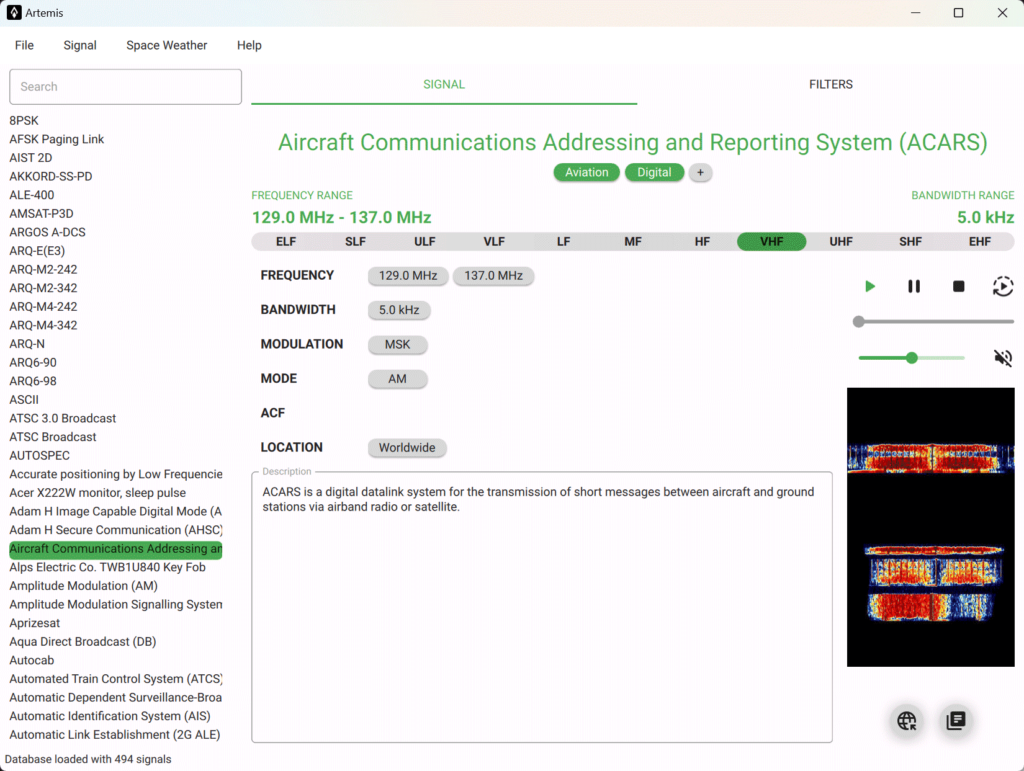An Inspiring Video about Getting Hooked on SDRs
Thank you to 'Tuned Signal' (TS) for sharing his video with impressive production quality, detailing his story on how and why he became hooked on software-defined radio. TS notes how it all started with an Outernet receiver that he purchased, which came with an RTL-SDR dongle. From there he ended up purchasing higher end SDRs and learning more about the different types of signals he could receive.
If you're interested, check out some of his other videos on his YouTube channel which cover topics like how to receive train radios, how to listen to CB radio and more.



